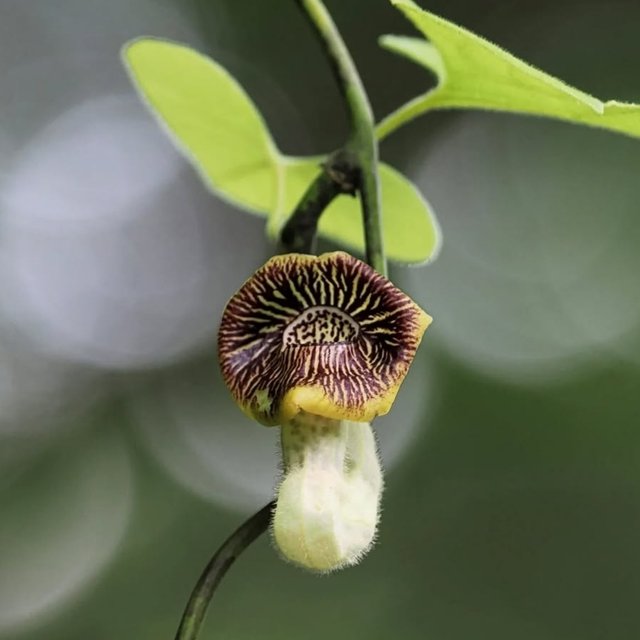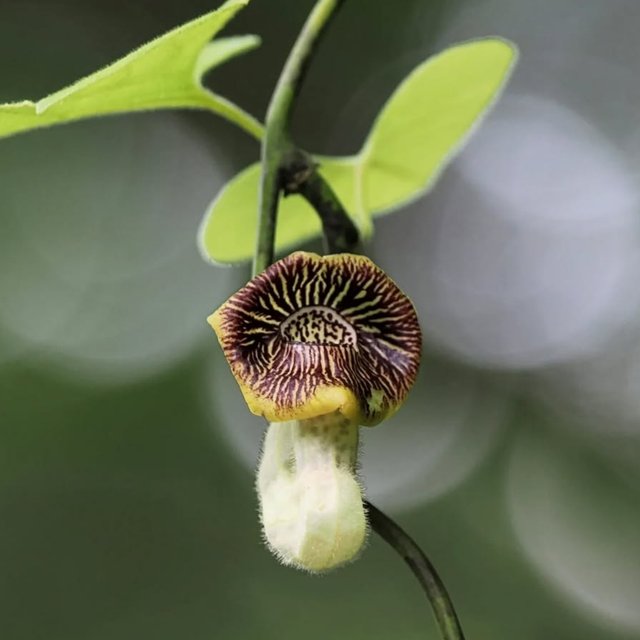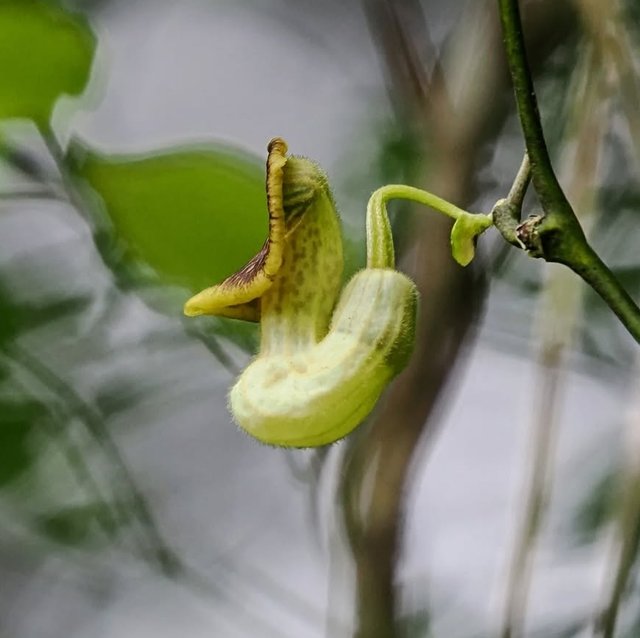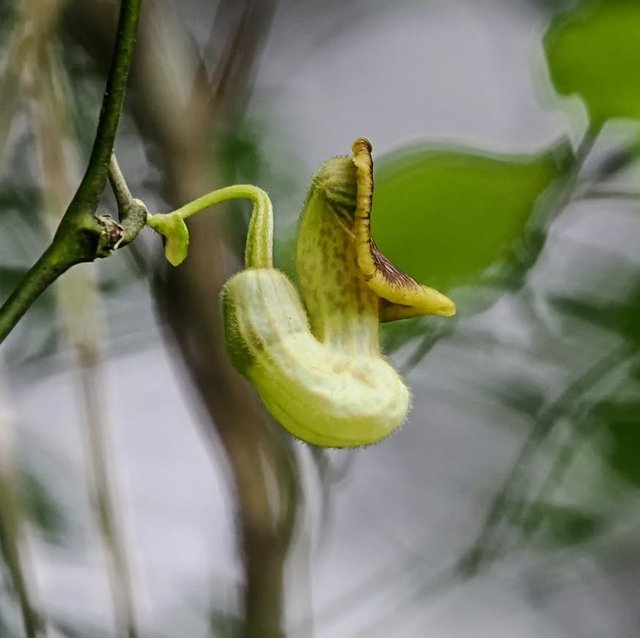Slender Dutchman's Pipe So Beautiful
The Slender Dutchman's Pipe: A Hidden Gem of Nature
Nature is filled with botanical wonders—plants with fascinating forms, powerful properties, and centuries of cultural significance. One such plant, often overlooked yet incredibly intriguing, is the Slender Dutchman's Pipe, a unique member of the Aristolochiaceae family. This plant combines ornamental beauty with medicinal potential, playing a quiet yet impactful role in ecosystems and traditional medicine.
Botanical Profile
Common Names:Slender Dutchman’s Pipe
Bracteated Birthwort
Indian Birthwort
Worm Killer
Scientific Name: Aristolochia bracteolata
Family: Aristolochiaceae
This herbaceous plant is a slender, trailing or twining perennial that typically grows along the ground or climbs low vegetation. Native to parts of Africa, the Middle East, and South Asia, it thrives in dry, open habitats—such as scrublands and disturbed soils—where it weaves itself into the surrounding flora.
Appearance & Morphology
What truly makes the Slender Dutchman's Pipe stand out is its unusual flower shape, which is where the "Dutchman's Pipe" name originates. The flowers resemble the curved bowl and stem of an old-fashioned tobacco pipe.
Leaves: Heart-shaped to ovate, green, and slightly hairy.
Flowers: Tubular, curved, and often greenish-brown or purplish with a flared mouth. The flowers are small but oddly striking, shaped like little pipes or trumpets.
Fruit: A dry, capsule-like structure containing numerous small seeds.
Despite its delicate appearance, the plant is quite hardy, capable of growing in arid conditions with minimal care.
Medicinal & Traditional Uses
Aristolochia bracteolata holds a respected place in Ayurvedic, Unani, and African traditional medicine. It’s often referred to as a natural remedy for a wide variety of ailments:
Anthelmintic: Traditionally used to expel intestinal worms.
Antibacterial & Antifungal: Extracts from the plant have demonstrated antimicrobial activity, particularly in combating skin infections.




%20(8).jpeg)